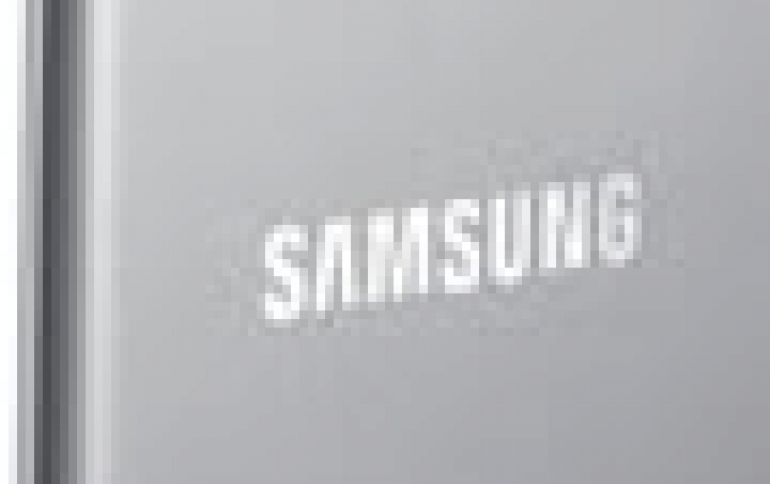
Samsung To Invest $4 Billion In U.S. Mobile Chip Plant
Samsung Electronics said on Tuesday it will spend about $4
billion at its chip plant in Austin, Texas, to boost
production of system chips used in smartphones and tablets.
The remodeled fabrication line will mainly produce mobile SoCs on 300mm wafers at the 28nm process node.
Starting work this month, Samsung's project is scheduled to initiate mass production within the second half of 2013. About 2,500 construction workers and equipment vendors will be at the site to retrofit the facility and set up the equipment.
Dr. Woosung Han, president of Samsung Austin Semiconductor said, "We are extremely pleased to extend our presence in Austin and reinforce Samsung's capacity for highly advanced logic products. The added ability in production will allow our customers to better respond to market needs."
The South Korean giant announced in June another investment in a new logic chip plant in South Korea. That investment would reach the 2.25 trillion won ($1.98 billion). Part of that amount would be also used to convert two memory chip lines into logic chip production, in order the company to meet demand from its mobile gadget customers such as Apple.
The remodeled fabrication line will mainly produce mobile SoCs on 300mm wafers at the 28nm process node.
Starting work this month, Samsung's project is scheduled to initiate mass production within the second half of 2013. About 2,500 construction workers and equipment vendors will be at the site to retrofit the facility and set up the equipment.
Dr. Woosung Han, president of Samsung Austin Semiconductor said, "We are extremely pleased to extend our presence in Austin and reinforce Samsung's capacity for highly advanced logic products. The added ability in production will allow our customers to better respond to market needs."
The South Korean giant announced in June another investment in a new logic chip plant in South Korea. That investment would reach the 2.25 trillion won ($1.98 billion). Part of that amount would be also used to convert two memory chip lines into logic chip production, in order the company to meet demand from its mobile gadget customers such as Apple.





















